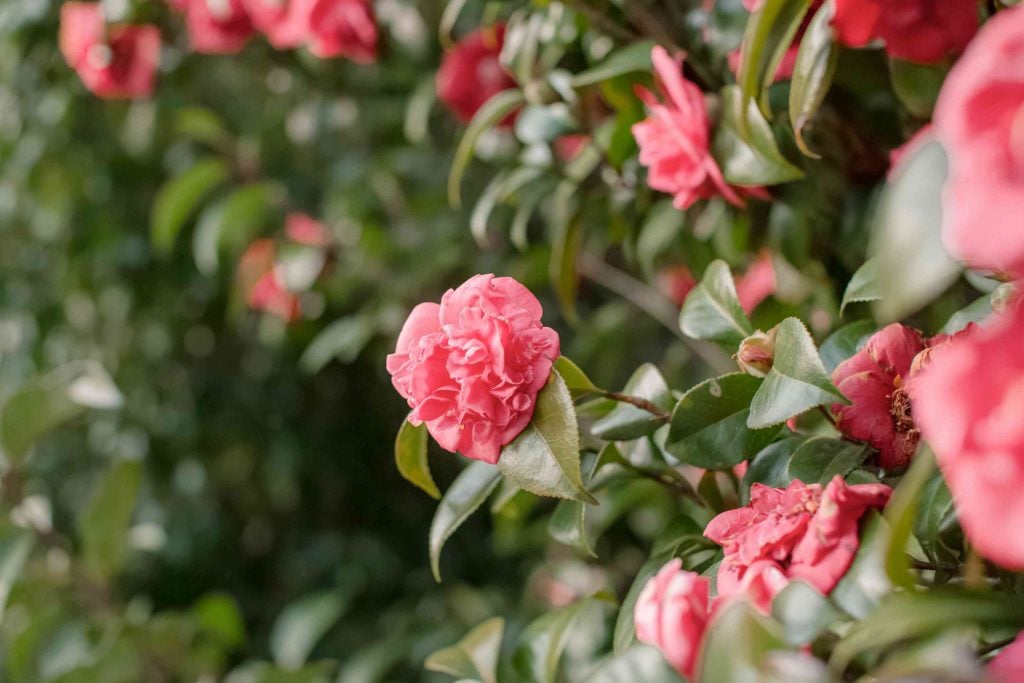Table of Contents
Camellia is a flowering plant that belongs to Theaceae genus. There are more than 250 species in this genus. The camellias are primarily found in tropical and subtropical regions of Southern and Eastern Asia from the Himalayas east to Japan and Indonesia.
Camellia is a perennial shrub that blooms during the fall season, early spring in warmer regions, and during early winters. They have a hardiness of 7 to 9 in warmer regions, and in some parts, they have 10. These camellias will bloom even during the colder seasons.
Camellias can be grown in containers and planted during any time of the year except summer. Place them in a partial shade location for better growth. These camellias are slow-growing but have a long life span. The young camellia of the first two years needs special care; after that, the plant can take care of itself.
Why Camellia’s Are So Popular?
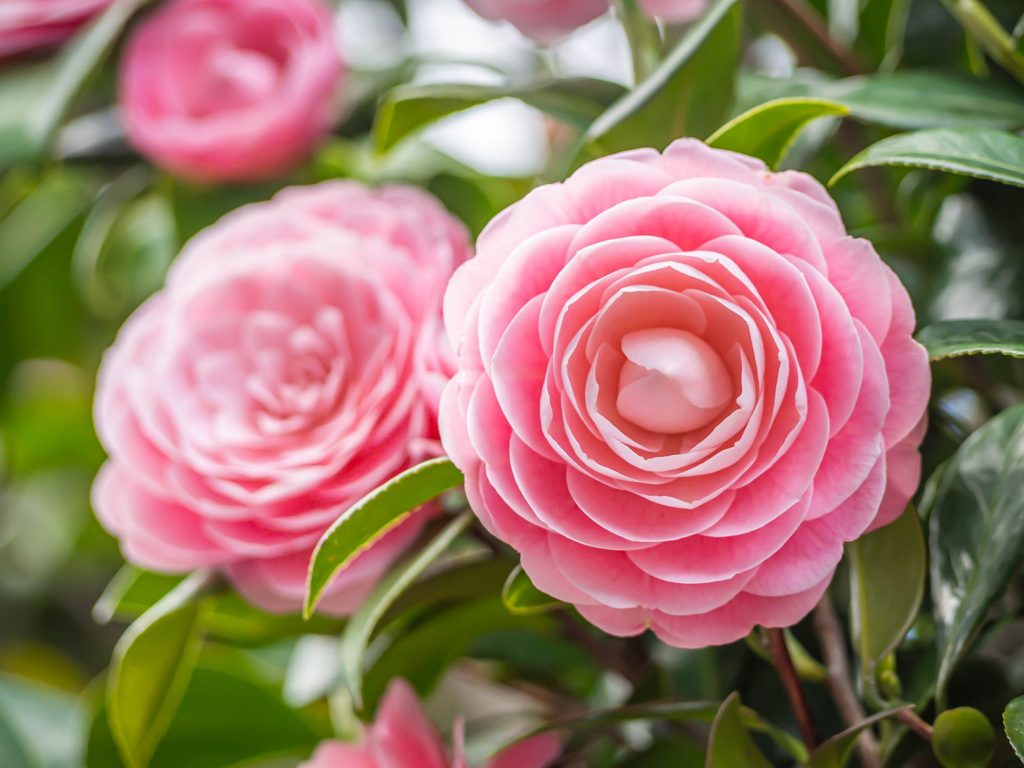
Camellia is popular for their attractive colour. Thus, they are cultivated worldwide. They are planted in gardens to give an authentic look to the garden. They are also used as ornamental flowers for decorations. The Camellias are for tea, woody-oil plants, cooking, and cosmetics. The oil from this flower is used for cleaning and protecting the blades of cutting devices. Camellia flowers grow in different colours, like white, pink, red, yellow, and lavender. With a wide variety of colours, they brighten the garden during the winter.
They grow 30cm high per year before maturity. At maturity time, they grow up to 2 to 12 feet tall and 2 to 10 feet wide, and it depends on the varieties. They are evergreen shrubs that require an adequate amount of water for growth. They grow with natural rainfall or from irrigation. This plant cannot tolerate drought. Camellia is a shrub with large dark green leaves that will thrive well in soil rich in acids. They will not grow well in chalky soil; the pH should be acidic and rich in humus. The soil type they prefer is moist but well-drained soil.
How to Care for Camellia in Winter?
We know Camellia is a winter flower, but it will not survive heavy winters and frosts. Therefore, choose a proper variety among them if they are being planted outdoors during the winter. Plant the flower in a spot where the wind will not disturb it. Most important is to shelter the roots and not smother them, as they are sensitive.
Avoid fertilizing in summer or fall because it will boost plant growth, and during winter, there is a high chance that the new shoot may die. Water them frequently before the temperatures start to fall, so the roots will be insulated from frost. Watering them deep during winter will help them retain moisture as they cannot obtain moisture from the frozen ground.
Keep the soil moist and cover the roost with moist soil, as roots are highly sensitive and can be damaged during heavy frost. In addition to moist soil, add a thick layer of mulch to cover the surface of the ground. Two or three layers of mulch should be added to the base of each plant to cover the root, which is close to the surface of the ground.
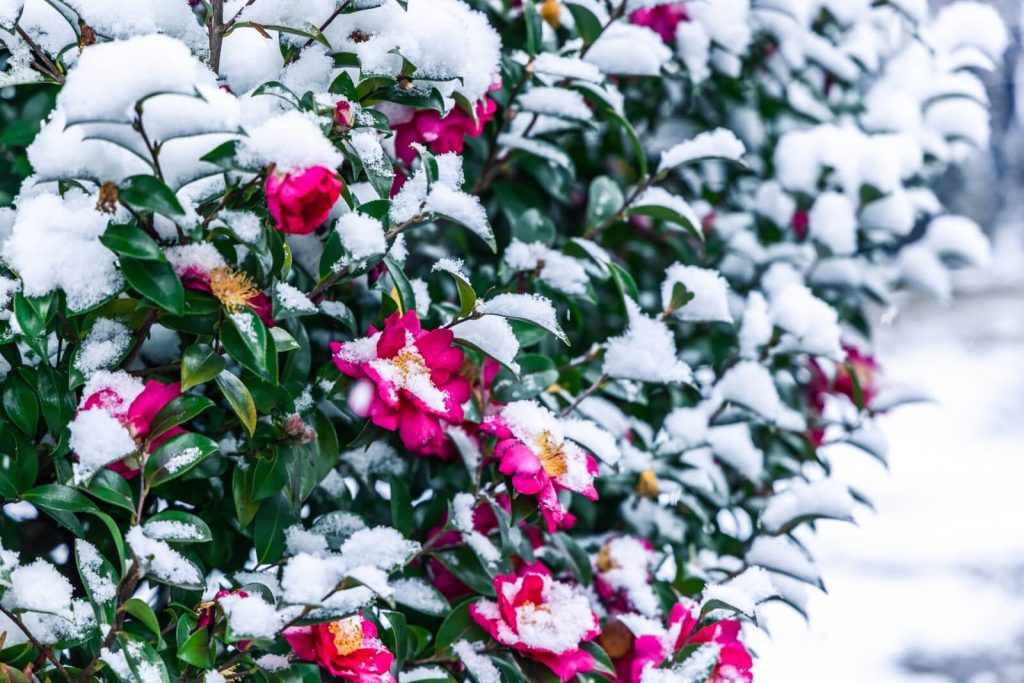
As the Camellia is planted shallow and needs aeration, use chipped wood mulch or straw as the covering layer, this allows transpiration. To be noted, without fail, apply this layer of mulch before the hard freeze starts and replace this mulch annually. The layer of mulch can be left even after winter as it helps to retain moisture, and during hot temperatures, it keeps the plant cool. When Camellia is planted outdoors, they cannot be moved indoors, so in order to protect them from frost, wrap the shrub. Use a fleece, burlap, or bubble wrap as a cover to secure the plant. Suppose the condition of the weather worsens, then double the wrap but ensure that enough light passes through the material for the flower to stay alive.
Tie the wrap in a loosened manner for enough aeration, and use twine to bind the wrapping material to a metal or wood to save the plant from the wind. During the winters, often make sure the bubble wrap around the plant stays put and does not do any damage to the plant. The cover can be removed once the temperature starts rising. There may be some foliage damage due to covering the plant. After the frost, since they have been covered for a long time, there may be foliage damage and normal yellowing of the flower. The discolouration will self-correct as spring comes. If any dead branches should be pruned after the winter is over. If you choose a variety that cannot tolerate low temperatures in your area, growing them in containers is the best option.
Why Does Camellia Need Protection During Winter?
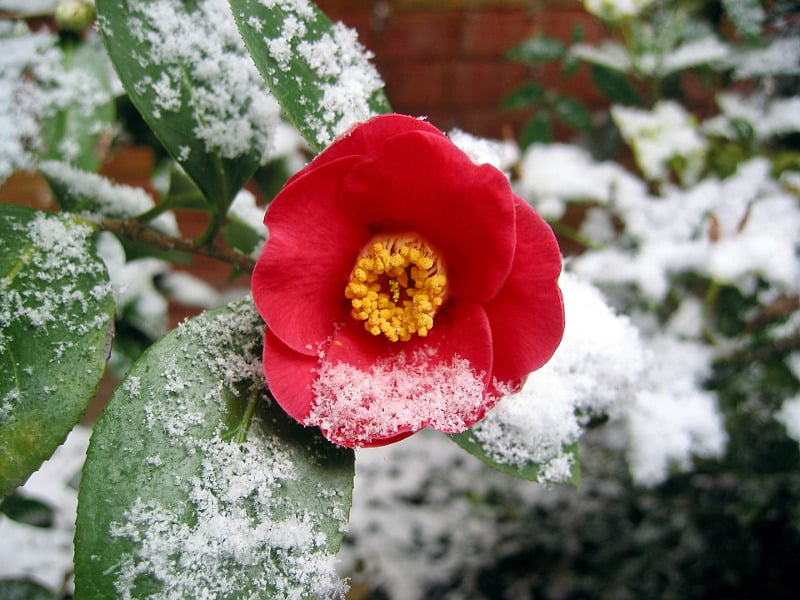
Camellia is mostly found in Asian regions and has been cultivated for thousands of years. They are known for their colour, beauty, and charm, which is an addition to the garden. These shrubs are also included in the religious purpose in China and Japan.
They are mostly grown in the cold parts of these countries, so they are called “Roses of Winters.” As we know, camellia has wide varieties, and in which most of the varieties have a tolerance to low temperatures. They can be planted in containers and beds, and if planted in containers later, they can be moved to the greenhouse during winter. While moving the container flower to the greenhouse, ensure the indoor is not dry in condition because the dry condition does not suit the camellia’s growth well. Keeping the camellia in a dry condition for a prolonged period may kill the flower. So, cautious measures and forethought will help Camellia to survive the winter.
How to Pot Camellia During Winter?
Regardless of weather and temperature, if you choose a variety of Camellia for growing, the best option is to grow them in containers. You can move them once the temperatures start to drop and keep them secured during winter. Move them into a sheltered place during heavy winter or frost.
Most varieties of Camellia UK can tolerate temperature that ranges from 10 to 90 degrees of Fahrenheit. Still, whichever variety you plant will be vulnerable during winters, and they need special care. The roots in the container are highly sensitive and are near to surface of the ground. This is the main reason for vulnerability. Some flowers tolerate even up to 5 degrees Fahrenheit. When the temperature begins to fall, water the potted plants well and keep them moist this will insulate the roots. We know during frost if the soil is frozen, the roots cannot retain moisture from them, so water the plant beforehand.
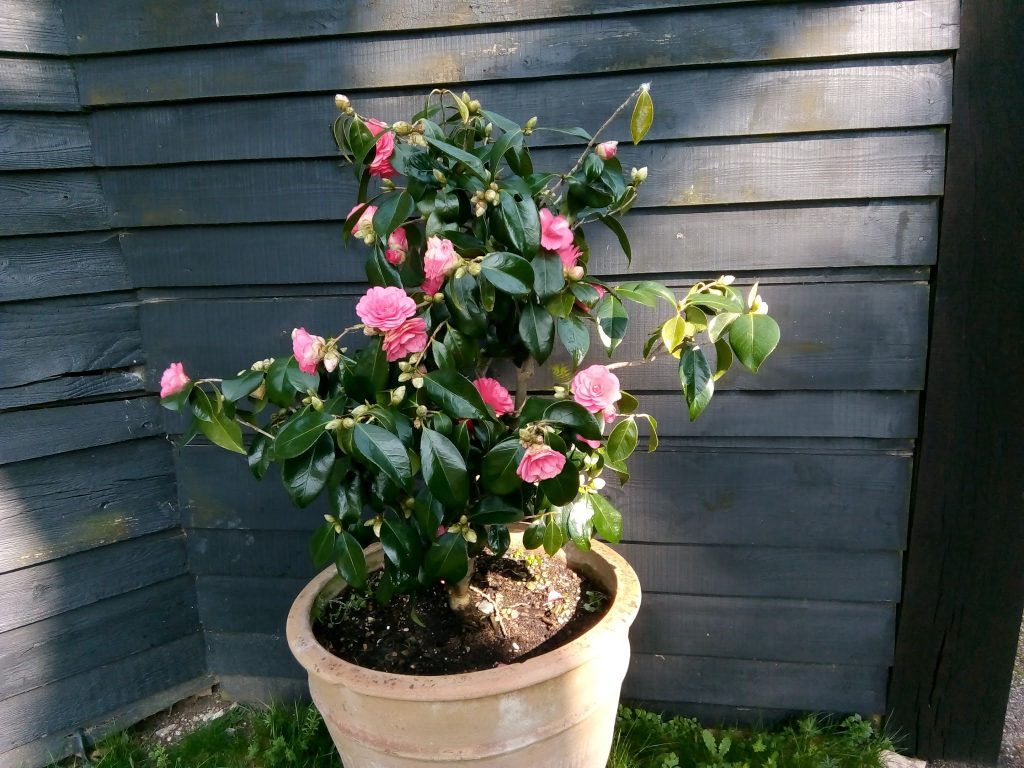
Adding mulch on the surface of the soil will help the roots to retain moisture and will prevent the soil from freezing. Due to the falling temperature, some plants go dormant, which is a very important phase of their natural cycle. A few varieties of Camellia may be inactive, but they bloom during this period.
When moving the potted plant indoors, do consider the temperature of the space should not be dry in condition. Temperature no more than 50 degrees of Fahrenheit as this may lead to the death of the plant. Keep them in a bright unheated garage, shed, or greenhouse with an adequate amount of indirect light. Once the winter is over, do not expose them directly to the sunlight. Move them slowly outdoors when the temperature is safe. Moving the plant outdoors quickly may cause bud, bloom, and leaves to drop, and exposure to too much sunlight may cause sunscald. Keep them in a shaded area outdoors and slowly move them to the direct sunlight. Once the temperature has risen, prune the dead parts of the plant.
What Are the Camellia Varieties for Winter?
1. Alba Plena
A white colour flower grows in fall and winter, grows up to 240 cm in height and width, well grown in clay, loam, and sand with acid and neutral pH.
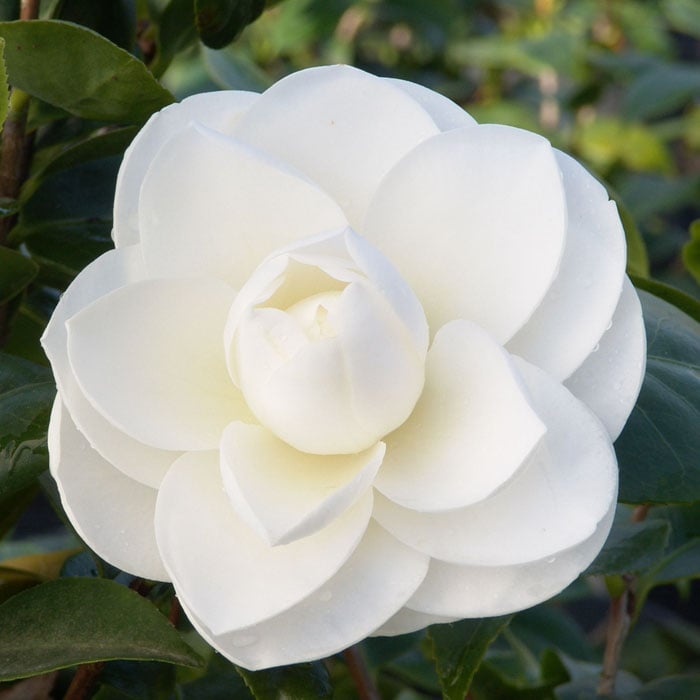
2. Anticipation
A pink colour flower that grows well in clay, loam, and sand soil with acid and neutral pH. They grow up to 4.5 meters in height and 3 meters in width and are winter to summer.
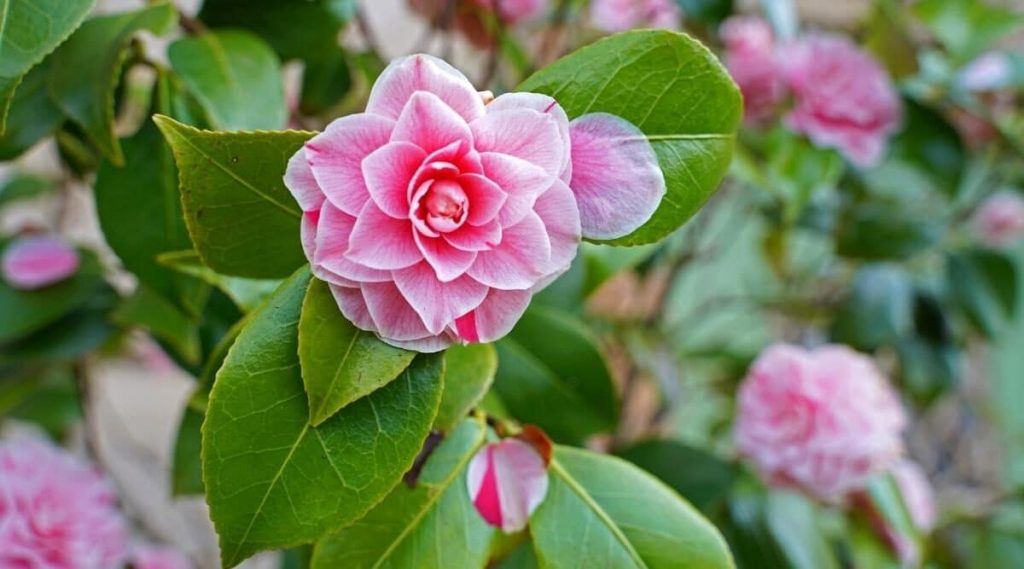
3. Black Lace
They are dark red flowers that grow well in clay, loam, and sand soil with acid and neutral pH. They bloom during summer and grow up to 2.5 meters in height.
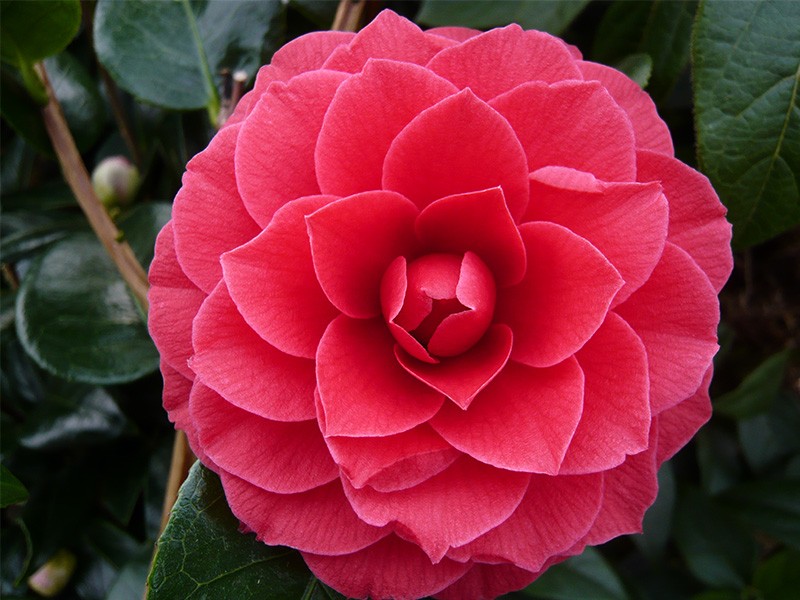
4. Bonomiana
Pink flower with a pink stripe in flowers grows up to 2.5 meters in height. They grow well in clay, loam, and sand soil with acid and neutral ph and bloom during winter and fall.
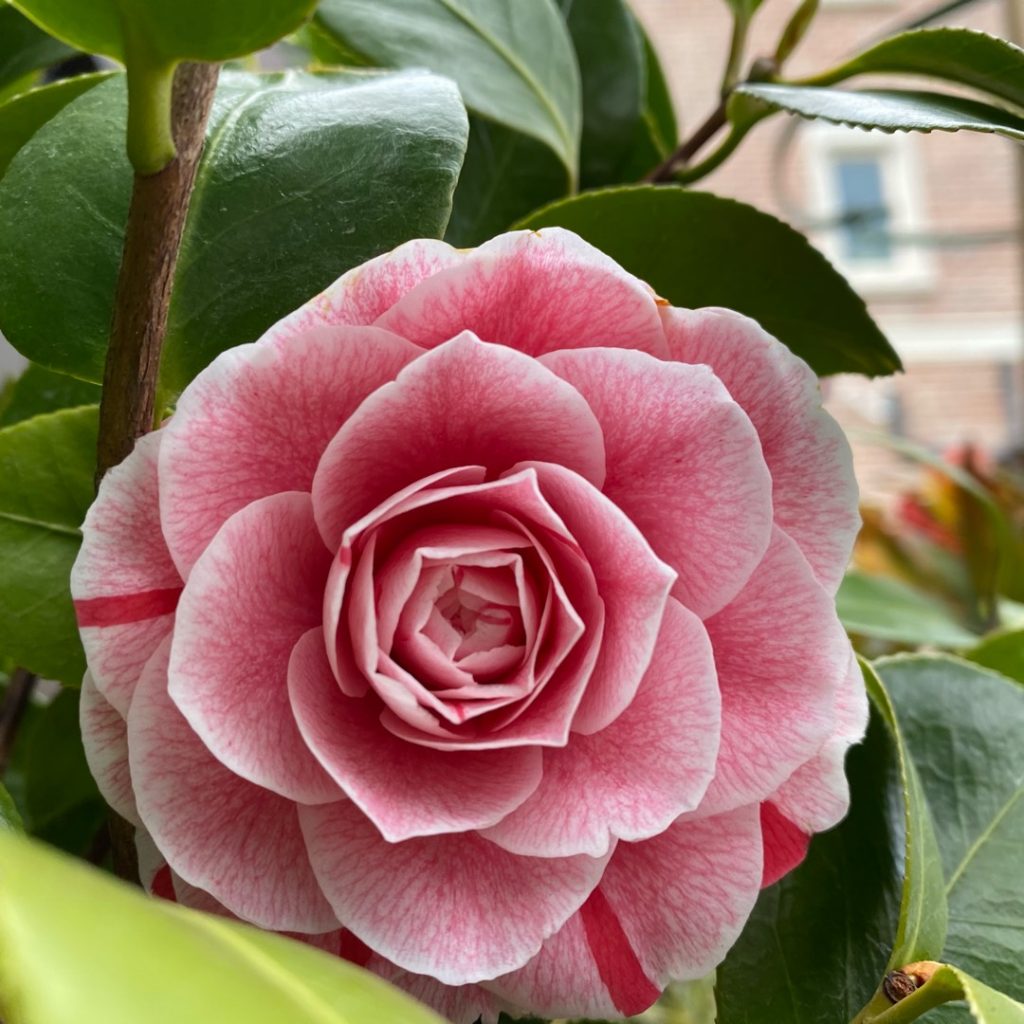
5. Debbie
Double pink flowers grow up to 2.5 meters in height. They grow well in clay, loam, and sand soil with acid and neutral pH and bloom during winter and fall.
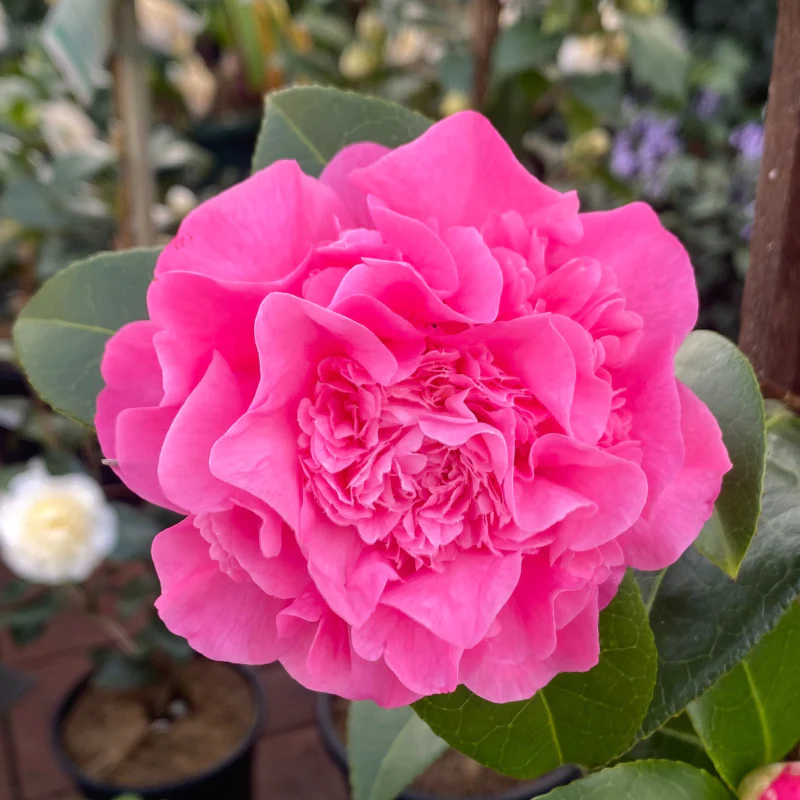
6. Hagoromo
A Pale pink flower that grows well in clay, loam, and sand soil with acid and neutral pH. They grow up to 3 meters in height and bloom during winter and fall.
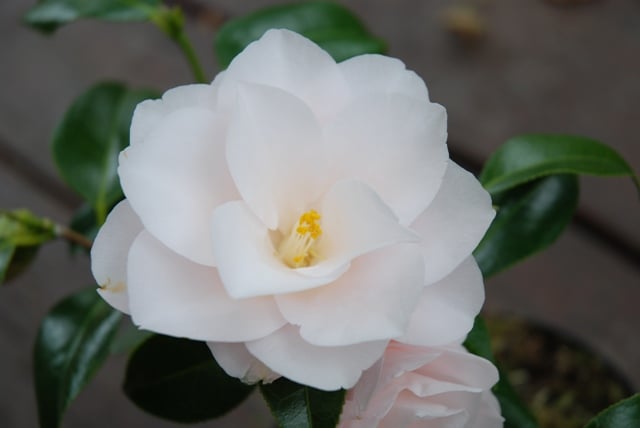
7. Hiodoshi
A red colour flower that grows well in clay, loam, and sand soil with acid and neutral pH. Grows up to 3 meters in height and blooms during winter and fall.
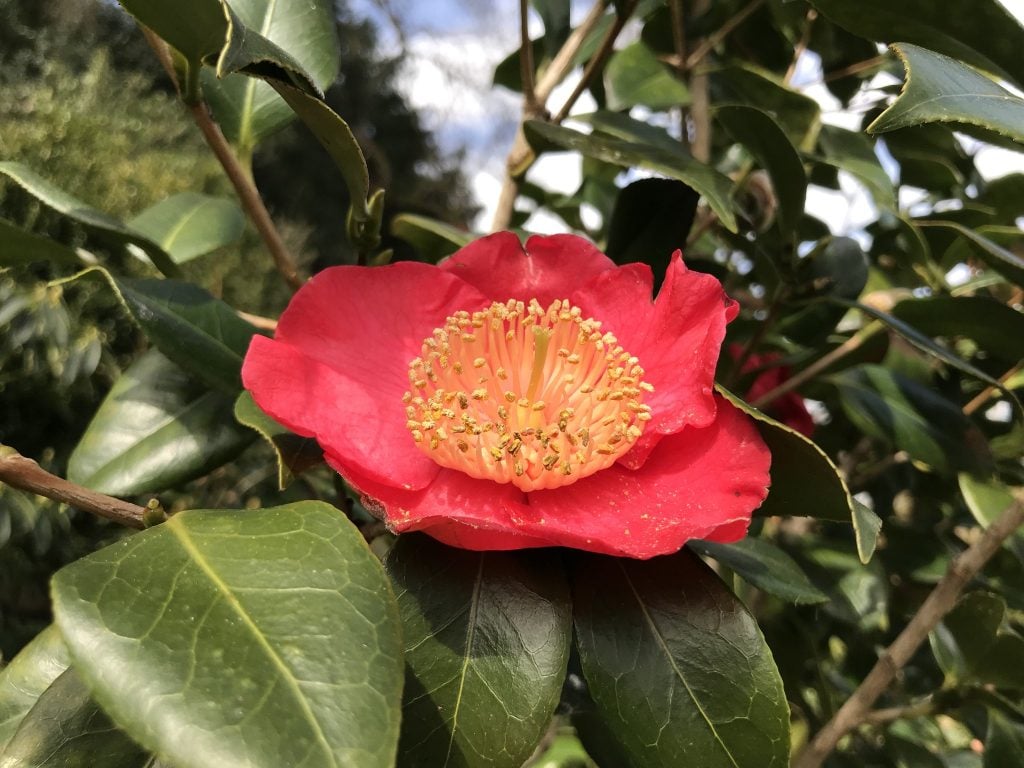
8. April Dawn
Whit pink flower with a pink stripe pattern that grows up to 2 meters in height. They grow well in clay, loam, and sand soil with acid and neutral ph and bloom during winter and fall.
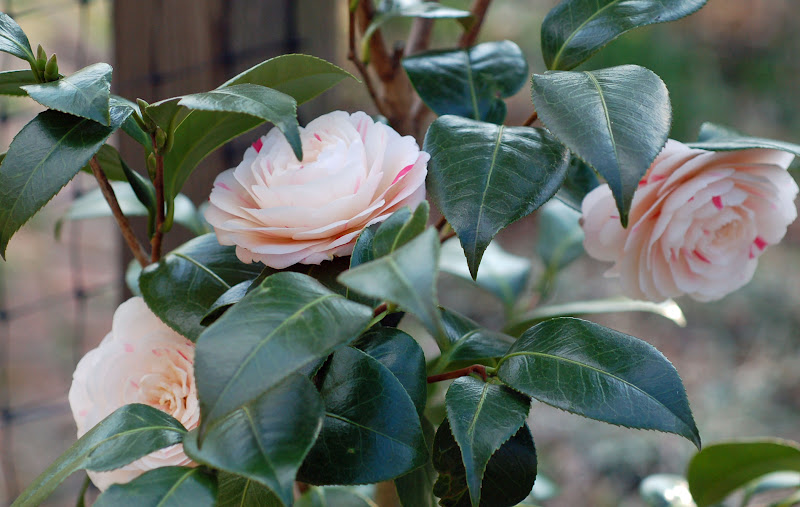
9. Winter’s Snowman
White colour flowers grow well in clay, loam, and sand soil with acid and neutral pH. They grow up to 3.5 meters in height and bloom during winter.
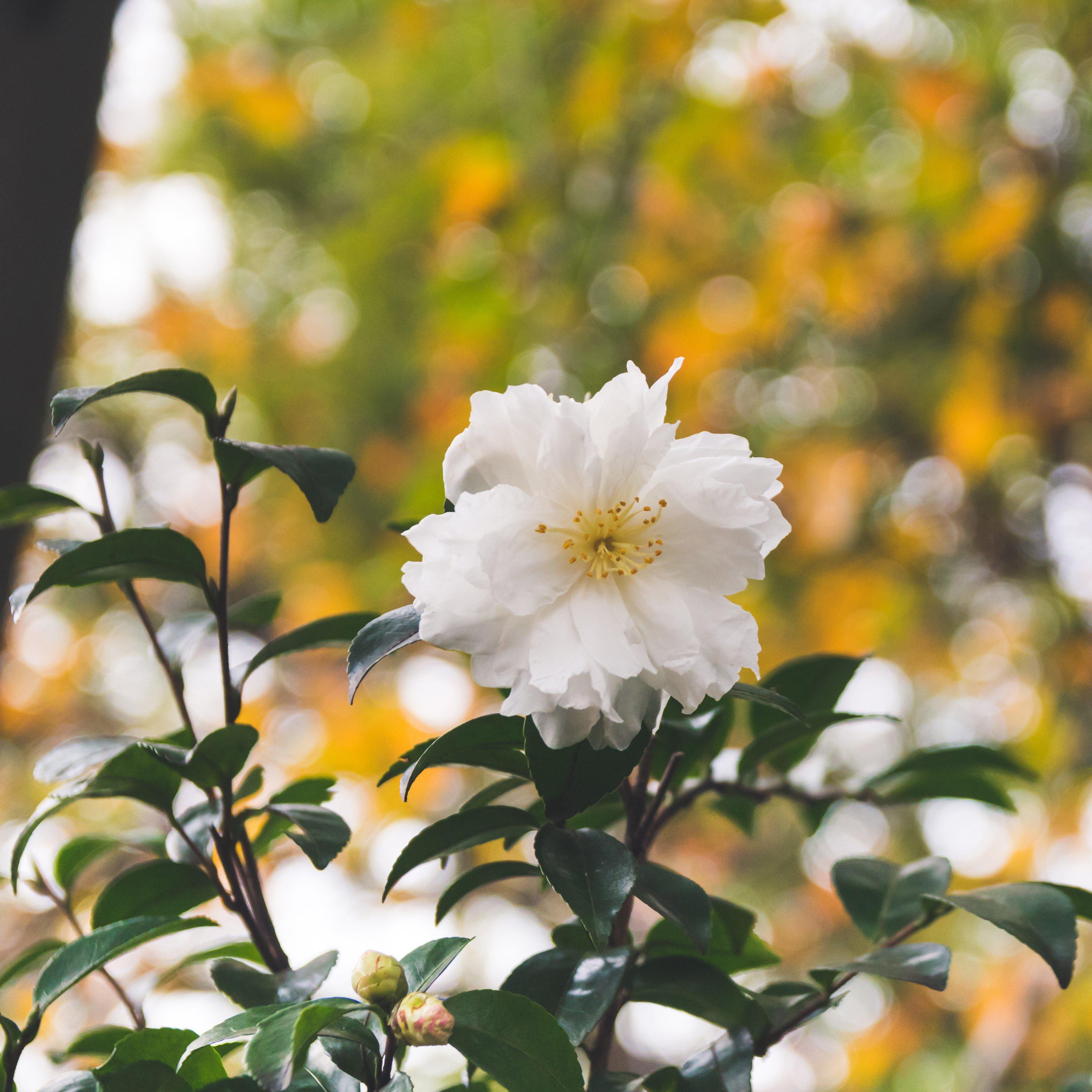
10. Nuccio’s Gem
Double white flowers that grow up to 2.5 meters in height. They grow well in clay, loam, and sand soil with acid and neutral pH and bloom during winter and fall.
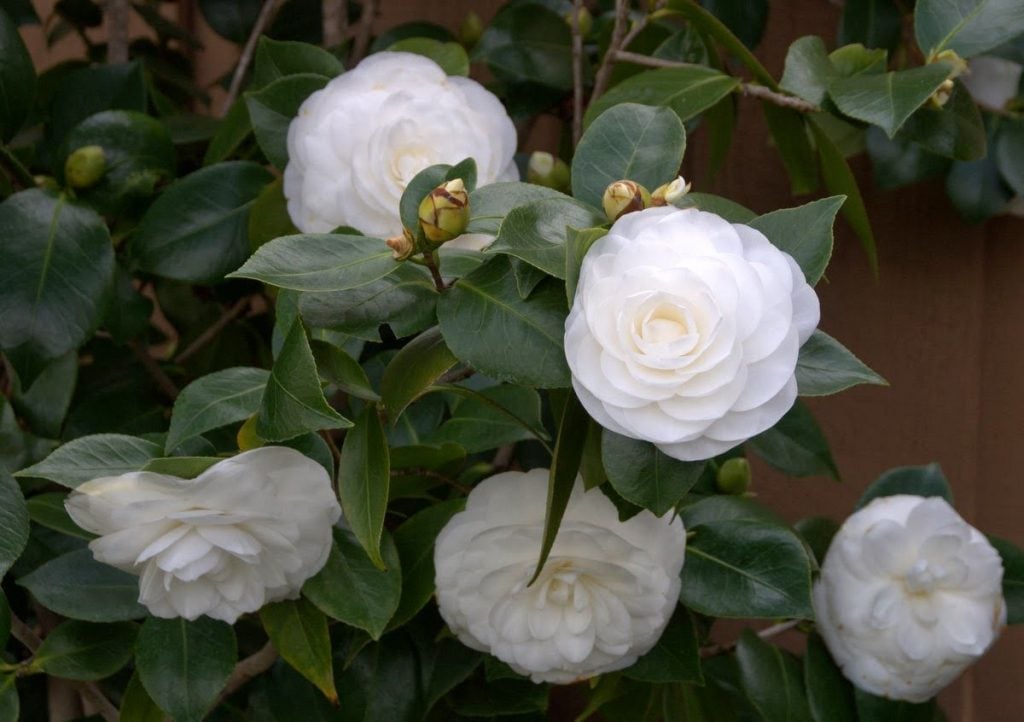
Protect Camellias Since Winter is Coming!
Caring for Camellia in winter is crucial to ensure their health and vitality throughout the winter. By following a few essential practices, you can help them thrive till the winter is over and when spring comes.
First up, provide them with proper insulation to the roots as the frost may damage them. Add a layer of mulch to protect the roots from frost, prevent the soil from freezing, and retain moisture. In addition, cover them with fleece or bubble wrap to protect them from harsh winds.
Water the plant with an adequate amount before it loses access to moisture once the ground freezes. Finally, do regular inspections for pests and diseases. During winter, the pests are prevalent. Overall, a combination of insulation, protection, watering, and monitoring will ensure the well-being of the camellias during winter, allowing them to flourish and bloom in the spring.

